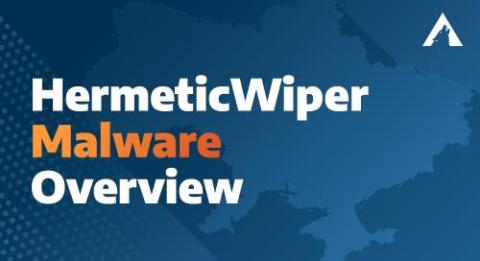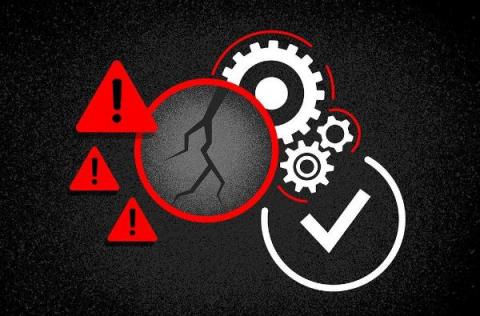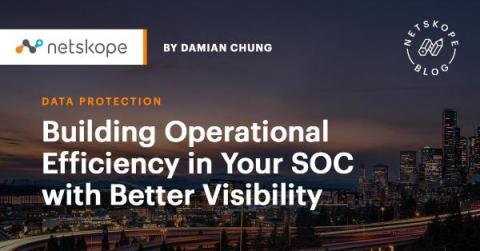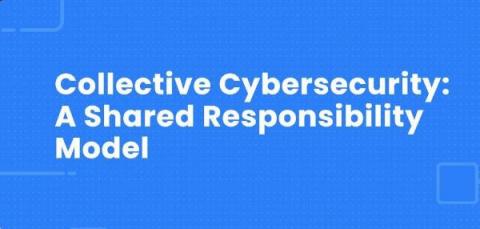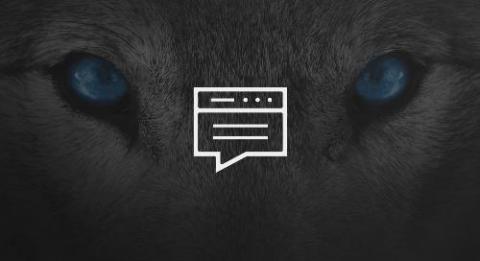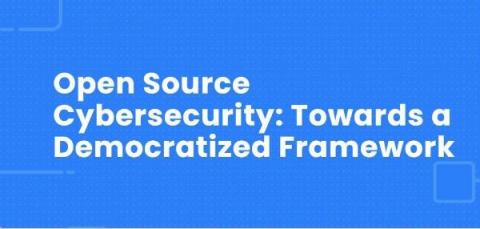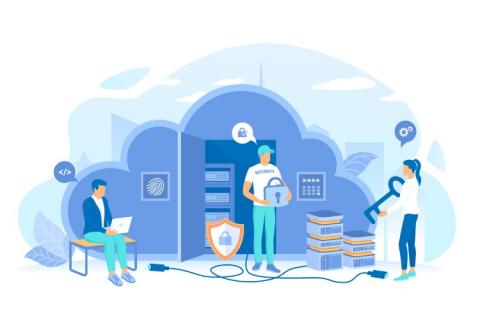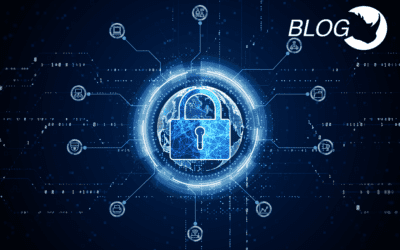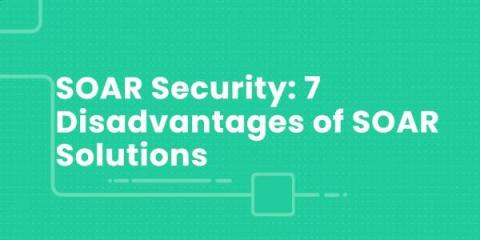Security | Threat Detection | Cyberattacks | DevSecOps | Compliance
February 2022
HermeticWiper: An Examination of New Malware Impacting Ukrainian Organizations
Preparing for Security Incidents Related to Russia's Attack on Ukraine
CrowdStrike Automates Vulnerability Remediation Processes While Enhancing SecOps Visibility
Adversaries are becoming more adept and sophisticated in their attacks. Taking advantage of vulnerabilities present in major software is often an attractive entry point for establishing a campaign within an enterprise environment. The CrowdStrike 2022 Global Threat Report highlights how adversaries continue to shift tradecraft and weaponize vulnerabilities to evade detection and gain access to critical applications and infrastructure.
How to Encrypt S3 Buckets Automatically with Torq
S3 buckets without encryption can leave sensitive data exposed and at risk. As a best practice and to meet a number of industry and governmental regulations, it’s important to ensure that S3 server side bucket encryption has been properly applied at all times. To do this, many security teams rely on their Cloud Posture Security Management (CSPM) platform and/or AWS GuardDuty to monitor their AWS resources and provide alerts when an S3 bucket is found unencrypted.
Building Operational Efficiency in Your SOC with Better Visibility
As security operations leaders, we are burdened with a large responsibility. The expectation is that we can respond to alerts as soon as possible and be able to investigate immediately. It sounds simple, but in today’s cyber threat landscape we are faced with growing threat vectors and a sheer volume increase in overall alerts or notifications. Failure to respond quickly enough or investigate the right areas could result in huge impacts to the organizations we are responsible for.
Don't Leave Dollars on the Table: How to Find and Leverage Federal Funding
Collective Cybersecurity: A Shared Responsibility Model
The state of cybersecurity today is, in a word, catastrophic. Breaches have become endemic. Not only do they continue at dizzying rates, but they are actually increasing in frequency by the month. Why are things so bad? And why do businesses seem so helpless to make them better? Those are complicated questions without simple answers, of course – but I believe that a major part of the answer has to do with the fact that, at most organizations, security remains the domain of elite security teams.
Arctic Wolf's Canadian Survey Reveals 2022 Cybersecurity Challenges
Open Source Cybersecurity: Towards a Democratized Framework
Today, anyone can contribute to some of the world’s most important software platforms and frameworks, such as Kubernetes, the Linux kernel or Python. They can do this because these platforms are open source, meaning they are collaboratively developed by global communities. What if we applied the same principles of democratization and free access to cybersecurity?
Top Cyber Attacks of January 2022
2021 Data Breaches in Review: A Glimpse at the Most Damaging Cybercrimes of the Year
Fix the Broken State of Security with a "Security for all" mindset
Which cultural values empower businesses to thrive today? That's an open question, of course. But I suspect most employees, managers, and analysts would include items like collaboration, transparency, and creativity on the list of essential ingredients in business success. Indeed, you could argue that these values are at the core of a variety of modern organizational and technical innovations, from DevOps (which is all about collaboration) to open source software (which centers on collaboration and transparency) and the creator/maker movement (which is, of course, all about creativity).
A day in the life of a SOC analyst
Tetra Defense Joins Arctic Wolf to Transform Incident Readiness and Response
The state of the SOC: skills shortages, automation and gaining context remain a challenge for SOCs
The security operations center (SOC) has been on the front line facing the pandemic-induced escalation of cybersecurity threats in the past eighteen months. A 2020 study by Forrester found that the average security operations team receives more than 11,000 alerts per day and that figure is likely to have grown in the intervening period. While they were deeply engaged responding to the crisis, SOC teams were simultaneously facing the disruption common to all formerly office-based workers.
SOAR Security: 7 Disadvantages of SOAR Solutions
We’ve said it before, and we’ll say it again: Security Orchestration, Automation and Response (SOAR) platforms are great tools for helping teams work smarter, faster, and more efficiently against security risks. But, used on their own, SOARs are far from perfect for meeting the full security needs of the modern organization.



